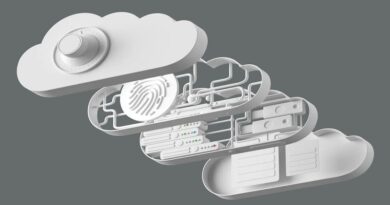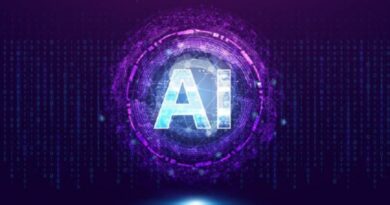Why cybersecurity must pair humans with self-learning AI (VB On-Demand)
The security risk landscape has become incredibly complex. We are more digitally connected than ever in both our private and professional lives. At the same time, businesses are accelerating their digital transformation programs to find new business opportunities.
But the risks are growing at the same pace, and companies must be eyes-open to the threats in this new economy a thriving criminal ecosystem built upon digital attack, state-sponsored espionage, and cyber warfare.
The true challenge in securing tomorrow’s digital world lies in a dangerous intersection:
- the explosion of digitalization and cloud computing power
- the scale of the cybersecurity threat
- the shortage of skilled cyber professionals.
That’s where intelligent technology comes in, Mike Beck, Global CISO of Darktrace. Self-learning AI adapts to an organization’s digital ecosystem and leverages the massive amounts of data traversing the post-pandemic, decentralized workforce to make informed decisions. It can augment human teams, giving them a way to fight back against threats that have grown far more sophisticated and increased to machine speed.
In the next few years, self-learning AI will become ubiquitous to meet the pure scale factor of digitalization inside businesses, nobody can scale this problem with people alone, even the top-tier banks and tech firms. Using self-learning AI alongside human security teams will give the industry a genuine scalable partnership to meet today’s cybersecurity challenge.” Mike Beck, Global CISO of Darktrace
Why IT teams need self-learning AI now
Cybersecurity staff working in the trenches today need support. More than anything, they need to be able to take holidays, take weekends, and look up from playing endless whack-a-mole. But companies must also stop wasting their cybersecurity on single tickets driven from a single alert. Instead, companies should be leveraging their depth of knowledge and ensuring they’re spending time on what they’re good at doing.
With an AI-powered cybersecurity platform, IT professionals can overlay their understanding of cybersecurity with their domain knowledge of the business to make decisions that can have a more wide-reaching effect. Using self-learning AI to augment the human security team improves the overall security operation and stops attackers autonomously.
Machine learning algorithms learn to harden defenses proactively by feasting on a continuous cycle of mapping your organization’s attack surface and modeling potential attacks. That means alerting teams to add controls or patches to the most likely attack paths or the paths of least resistance. If that’s not possible, they can preemptively apply detection and autonomous response lenses over those vulnerable areas.
If processes or workloads experience significant changes that amount to a security issue, AI can step in to remediate the system, healing to a known good state. All the outputs from each phase can improve the state of security, creating a continuous feedback loop.
The future of intelligent security is a technology that can proactively harden and mature the controls environment to make it more challenging for an attacker to succeed if they do get some foothold on your digital estate. We are on track to realize this future,” Mike Beck, Global CISO of Darktrace
Techniques like attack surface management (looking at the business from the outside to spot digital weaknesses) and attack path modeling (looking at the company from the inside to see how an attack might traverse) repeatably serve up intelligence-led hardening opportunities to the IT team to keep them one step ahead of what lurks around the corner.
CISOs need to be scaling security operations in a repeatable, consistent way that is agnostic to digital changes in the business and agnostic of attacker techniques, Cybersecurity today is about AI that can work in partnership with human security teams.” Mike Beck, Global CISO of Darktrace




